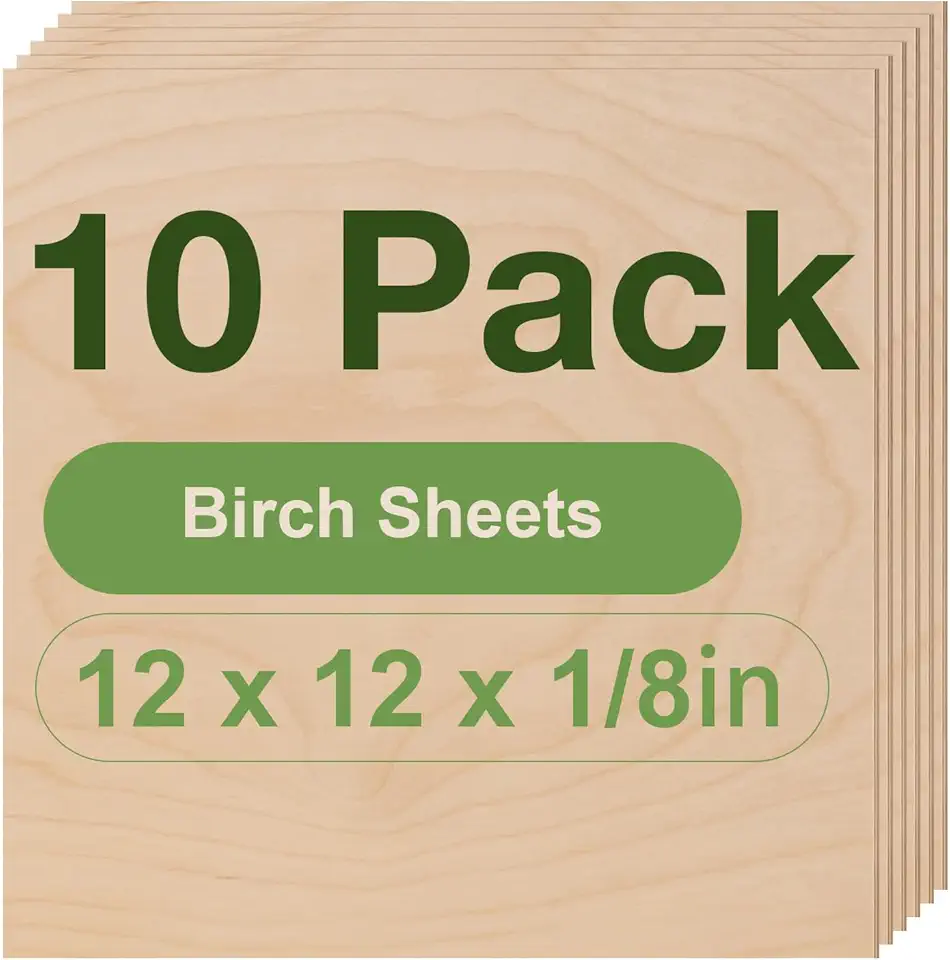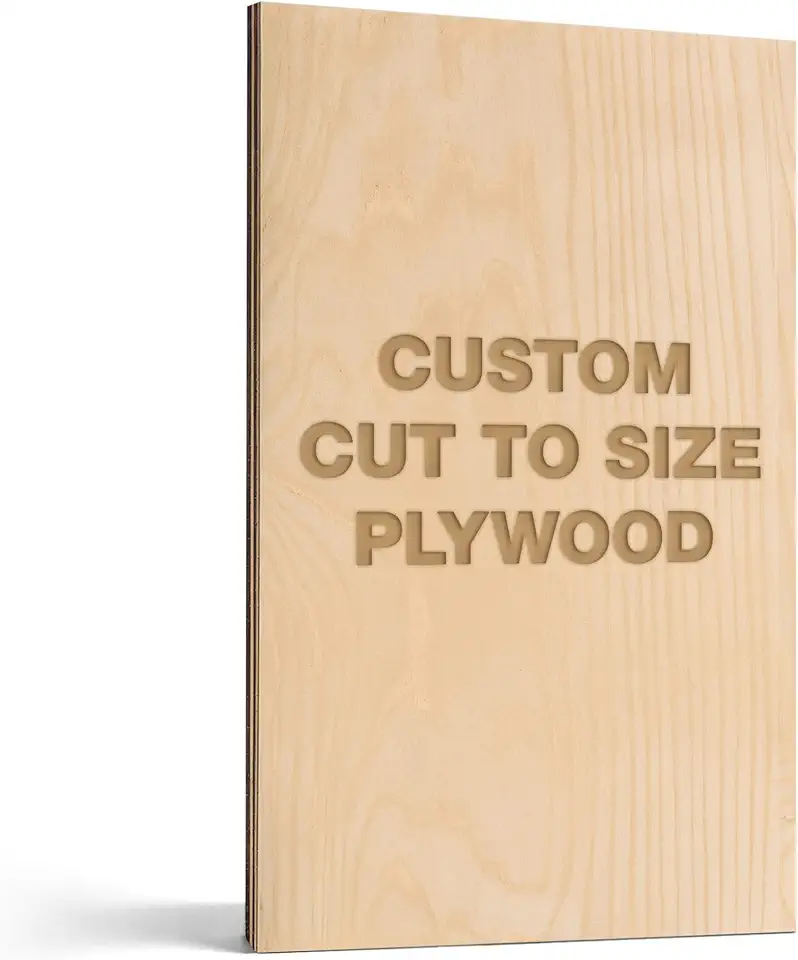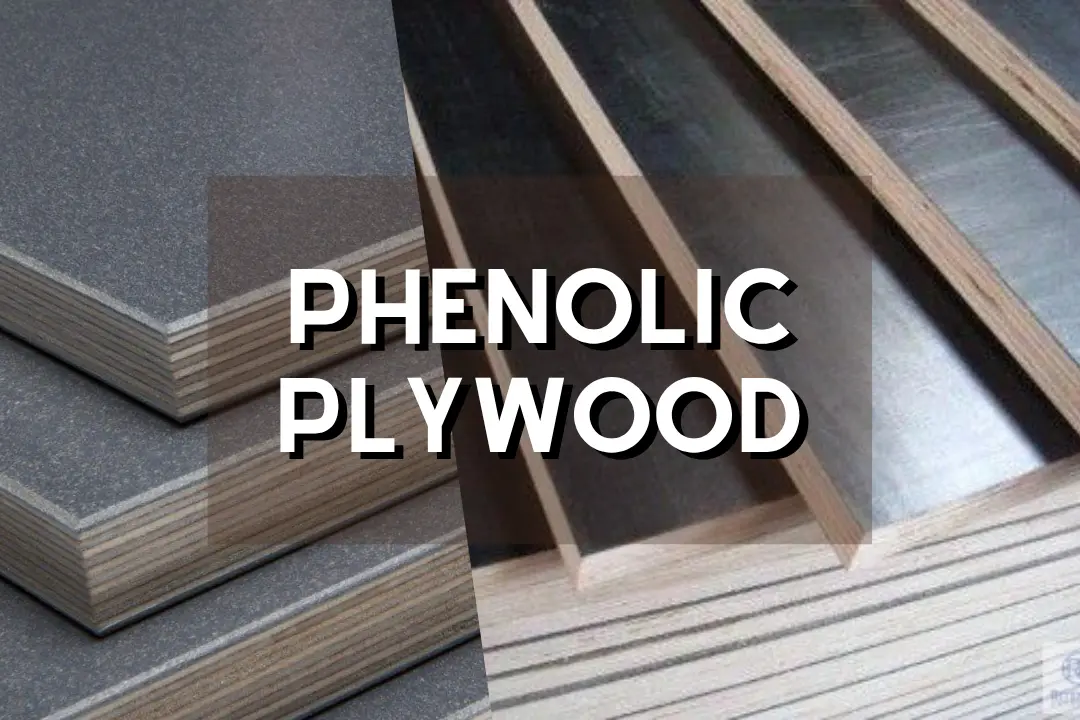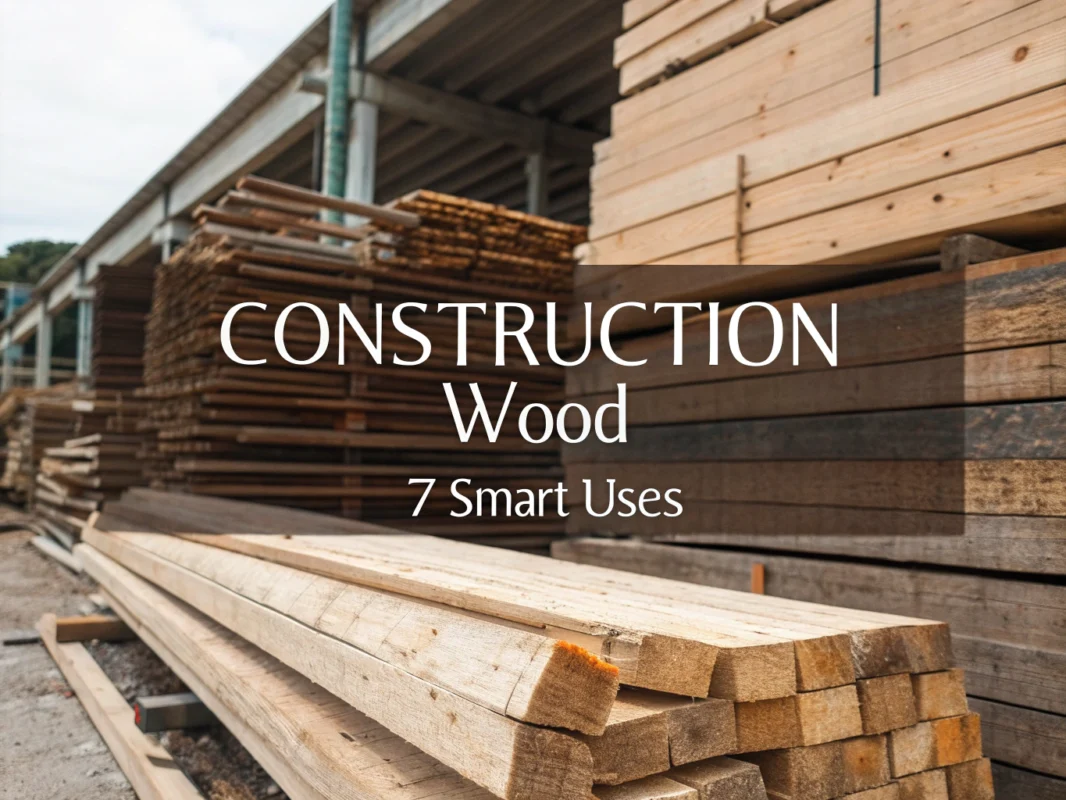
Plywood Dimensions: Top 5 Facts to Know

Have you ever stood in a hardware store, staring at a stack of plywood, wondering which size you need for your project? You’re not alone. With options ranging from the common 4×8 feet sheets to specialized cuts, understanding plywood dimensions can seem tricky. Let’s make it simple and explore the top five facts you need to know about plywood dimensions.
Table of Contents
Plywood dimensions follow industry standards that make construction and woodworking projects more predictable and efficient. The 4×8 foot sheet dominates the market as the universal standard, though various sizes from small craft pieces to large structural panels serve different applications.
The Universal 4×8 Standard: Why This Size Dominates the Industry
The 4 feet x 8 feet dimension (48 inches x 96 inches) represents the most common plywood size worldwide. This translates to 1220 mm x 2440 mm in metric measurements, establishing a global industry standard that manufacturers follow consistently.

This size achieves an optimal balance between surface coverage and practical handling. Construction professionals prefer it for wall sheathing, flooring, and roofing because it maximizes coverage while minimizing the number of seams. Cabinet makers and furniture builders find it manageable for transport and workshop use.
Complete Range of Standard Sheet Sizes Available
Beyond the standard 4×8 sheet, manufacturers produce several additional dimensions to meet specific project needs:
- 5 x 5 feet (1525 mm x 1525 mm) for square applications
- 4 x 10 feet and 4 x 12 feet for larger coverage areas
- 2 x 2 feet, 2 x 4 feet, and 4 x 4 feet for smaller projects
- Specialty sheets up to 10 feet in length
Regional variations exist based on supplier capabilities and local market demands. Hardwood and softwood types maintain similar dimensional standards, though availability may differ by location.
Plywood Thickness: Nominal vs. Actual Measurements
Plywood thickness creates confusion because nominal measurements differ from actual dimensions. Standard nominal thicknesses include 1¼”, 1⅛”, ¾”, ⅝”, ½”, ⅜”, ¼”, and ⅛”.
Manufacturing processes cause actual thickness to measure slightly less than advertised. For example, nominal ¾” plywood typically measures 23/32″ thick, while nominal ½” ranges from 15/32″ to 11/32″. This variation occurs during the pressing and sanding stages of production.
Thicker sheets work best for structural applications like subflooring and wall framing. Thinner sheets suit paneling, crafts, and decorative projects where load-bearing capacity isn’t required.
Imperial vs. Metric: Global Measurement Standards
International trade requires conversion standards between imperial and metric systems. The 4′ x 8′ sheet converts to 1220 mm x 2440 mm, while 5′ x 5′ equals 1525 x 1525 mm.
Board foot calculations help standardize volume measurements across different systems. One board foot equals 144 cubic inches, measured as 12″ x 12″ x 1″ thick. This calculation facilitates pricing and inventory management globally.
Slight variations occur due to conversion tolerances and regional manufacturing standards. These differences rarely affect project outcomes but matter for precision applications requiring exact measurements.
Choosing the Right Size for Your Project Application
Large Sheet Applications
Construction projects benefit from maximum coverage provided by 4 x 8, 4 x 10, or 4 x 12 feet sheets. Wall sheathing, roof decking, and subflooring applications minimize seams and reduce installation time. Structural grades in these sizes provide the strength needed for building applications.
Small Sheet and Custom Applications
Hobbyists and craftspeople prefer smaller dimensions like 2 x 2, 2 x 4, or 4 x 4 feet for detailed work. These sizes work perfectly for CNC machining, laser cutting, and hand crafts. Baltic birch and other premium grades often come in these convenient sizes.
Custom-cut options serve specific industrial requirements where standard dimensions don’t fit. Many suppliers offer cutting services for unique applications, from signage to furniture components.
Here are some excellent craft plywood options for smaller projects:

Craft Wood Sheets - 6 Pcs Baltic Birch
- Perfect for DIY craft projects
- Laser-cut with precision and smooth edges
- Grade B/BB veneer for a polished look
- Great for painting and woodburning
- Ideal for personalized gifts and decor

Thin Birch Plywood - 10 Pack for Crafts
- Easy to cut for modeling and crafts
- Smooth surface for woodburning projects
- Durable and flexible for creative designs
- Unfinished for customization
- Excellent for laser cutting projects

Custom Cut Baltic Birch Plywood
- Tailored sizes for specific projects
- High quality B/BB grade wood
- Works great with CNC and laser tools
- Enhanced strength over basswood
- Ideal for detailed wood burning
Selecting the right plywood dimensions depends on your specific application and project requirements. Consider both the coverage area needed and the practical aspects of handling and transportation. Cabinet-grade plywood often comes in standard 4×8 sheets but can be ordered in custom sizes for specialized installations.
FAQs
What Are The Standard Plywood Sheet Sizes?
The standard plywood sheet sizes are typically 4 feet by 8 feet. However, there are variations available, such as 5×5, 4×10, and 5×12, which cater to different construction and project needs.
How Thick Is A Standard Plywood Sheet?
Standard plywood sheet thickness can range from 1/8 inch to 1 1/4 inches. The most common thickness for construction purposes is 3/4 inch, but the right thickness depends on your specific project requirements.
Can I Get Custom-Sized Plywood Sheets?
Yes, many suppliers and manufacturers offer custom-sized plywood sheets. You need to provide the specific dimensions you require, and they will cut the sheets accordingly, sometimes at an additional cost.
What Is The Smallest Plywood Size Available?
The smallest plywood size typically available for purchase is around 1 foot by 1 foot, often available at hobby or craft stores. These smaller sizes are useful for small projects or repairs.
How Much Does A 4×8 Plywood Sheet Weigh?
A standard 4×8 plywood sheet weighs between 25 and 85 pounds, depending on the thickness and type of wood used. For example, a 3/4 inch thick sheet of hardwood plywood will weigh more than a comparable sheet of softwood plywood.












